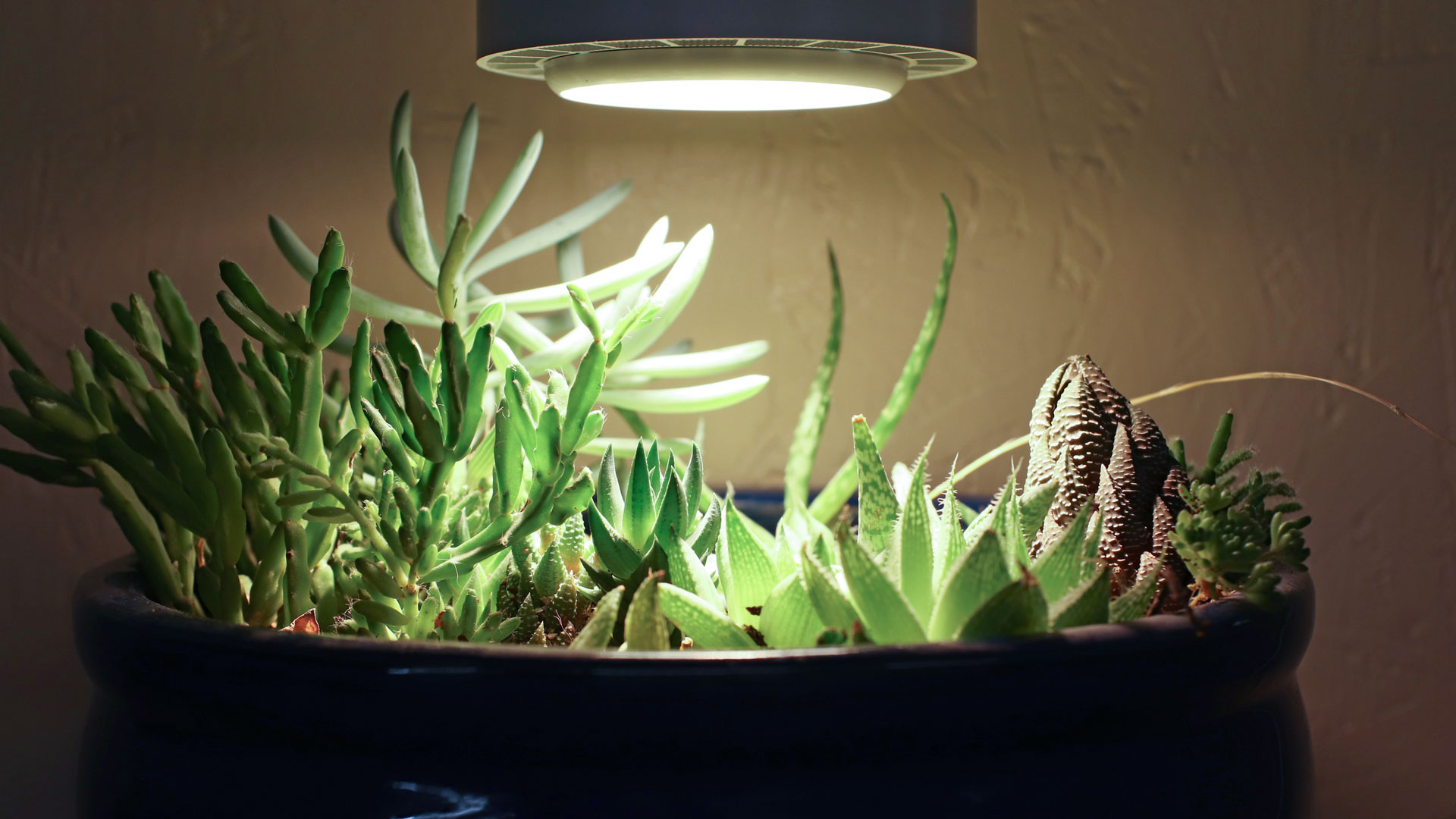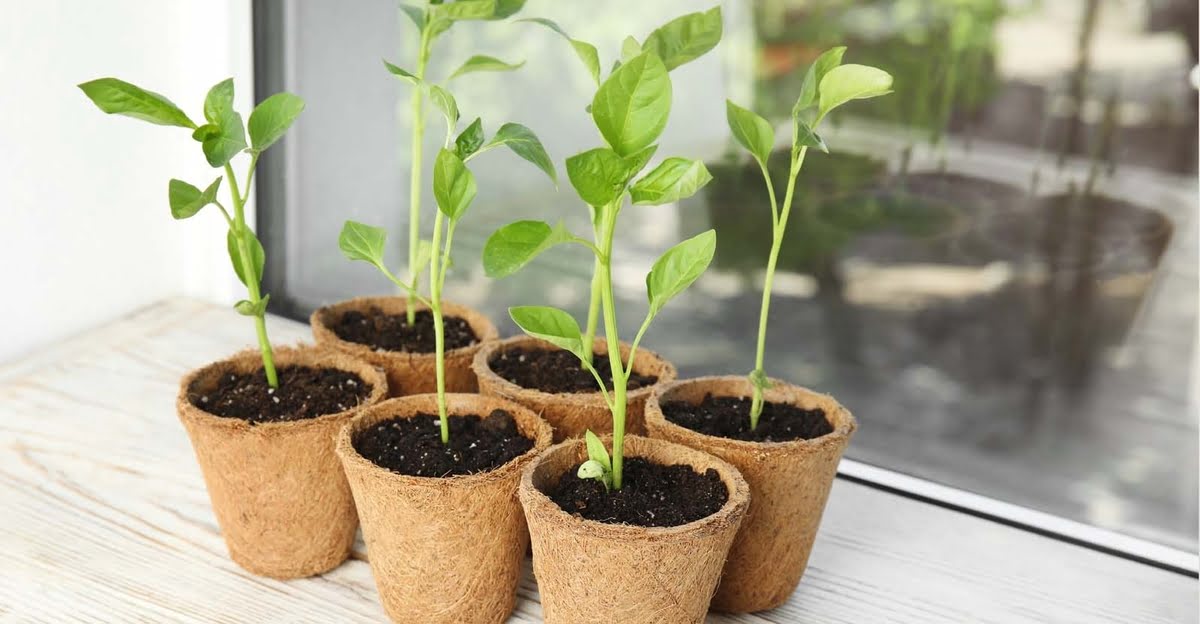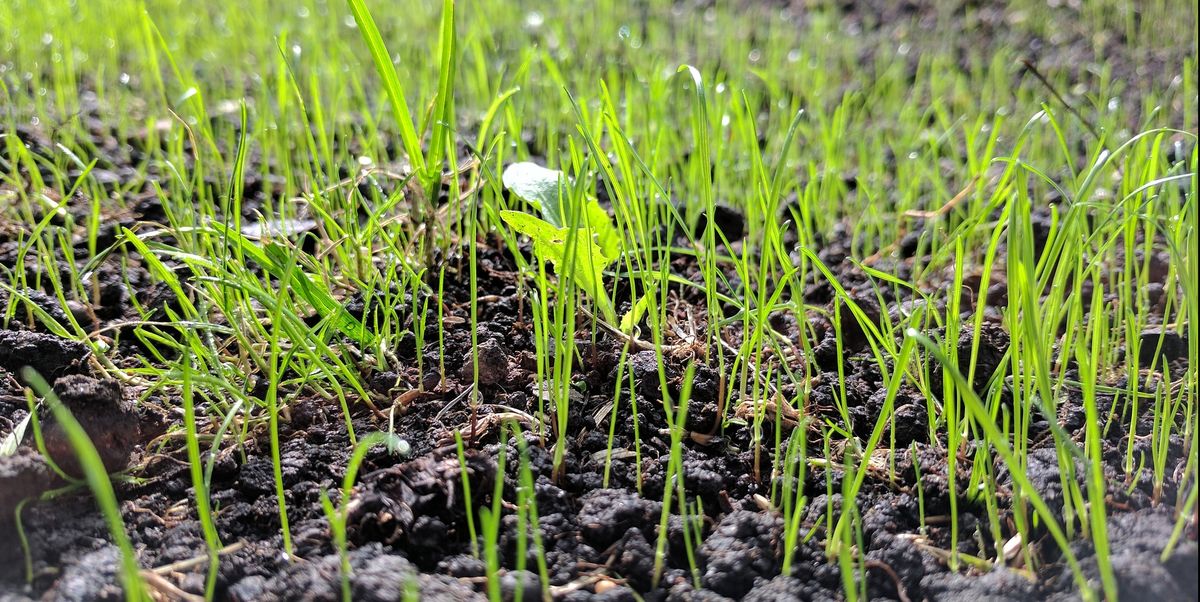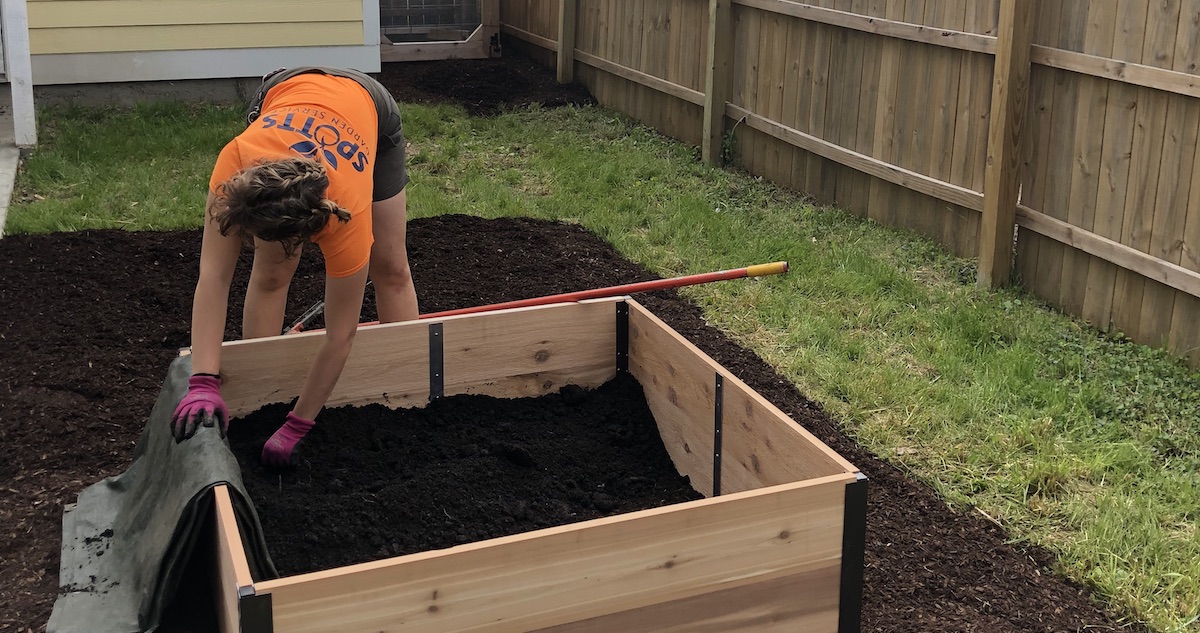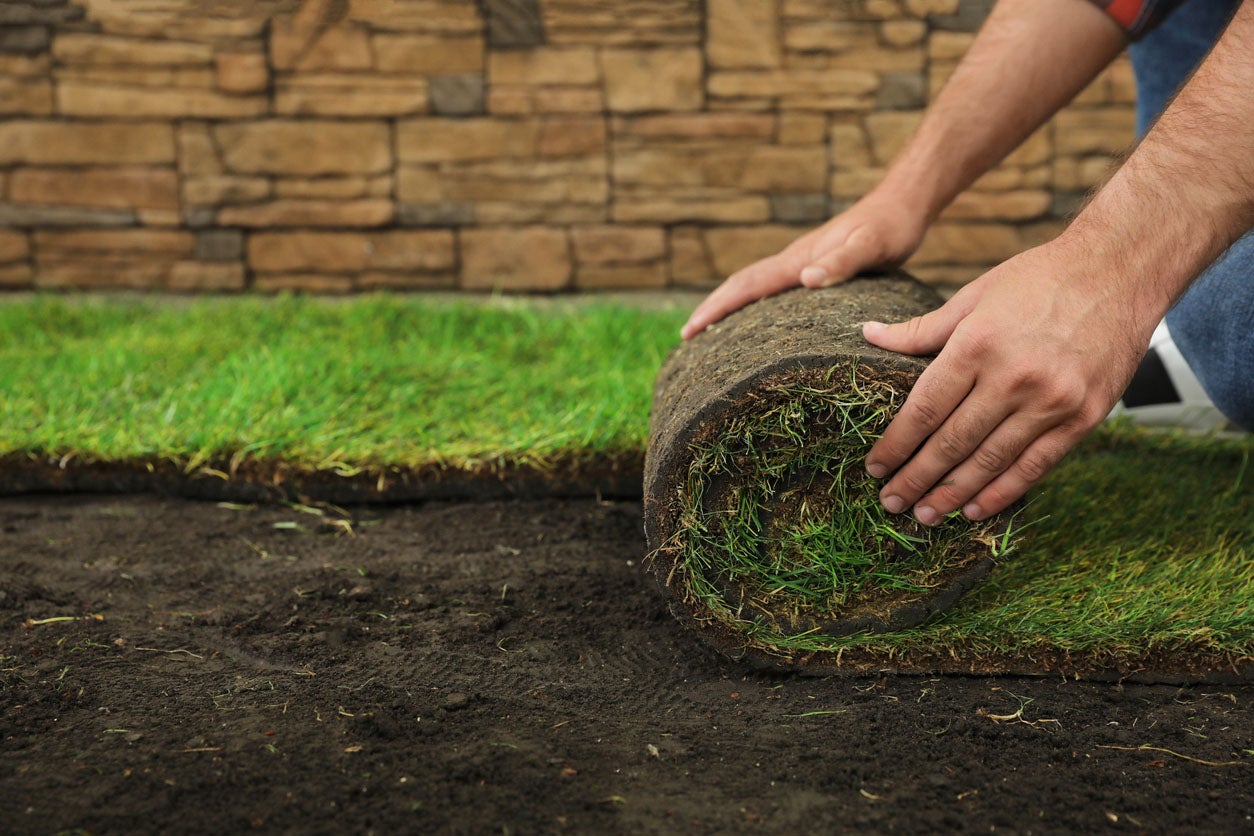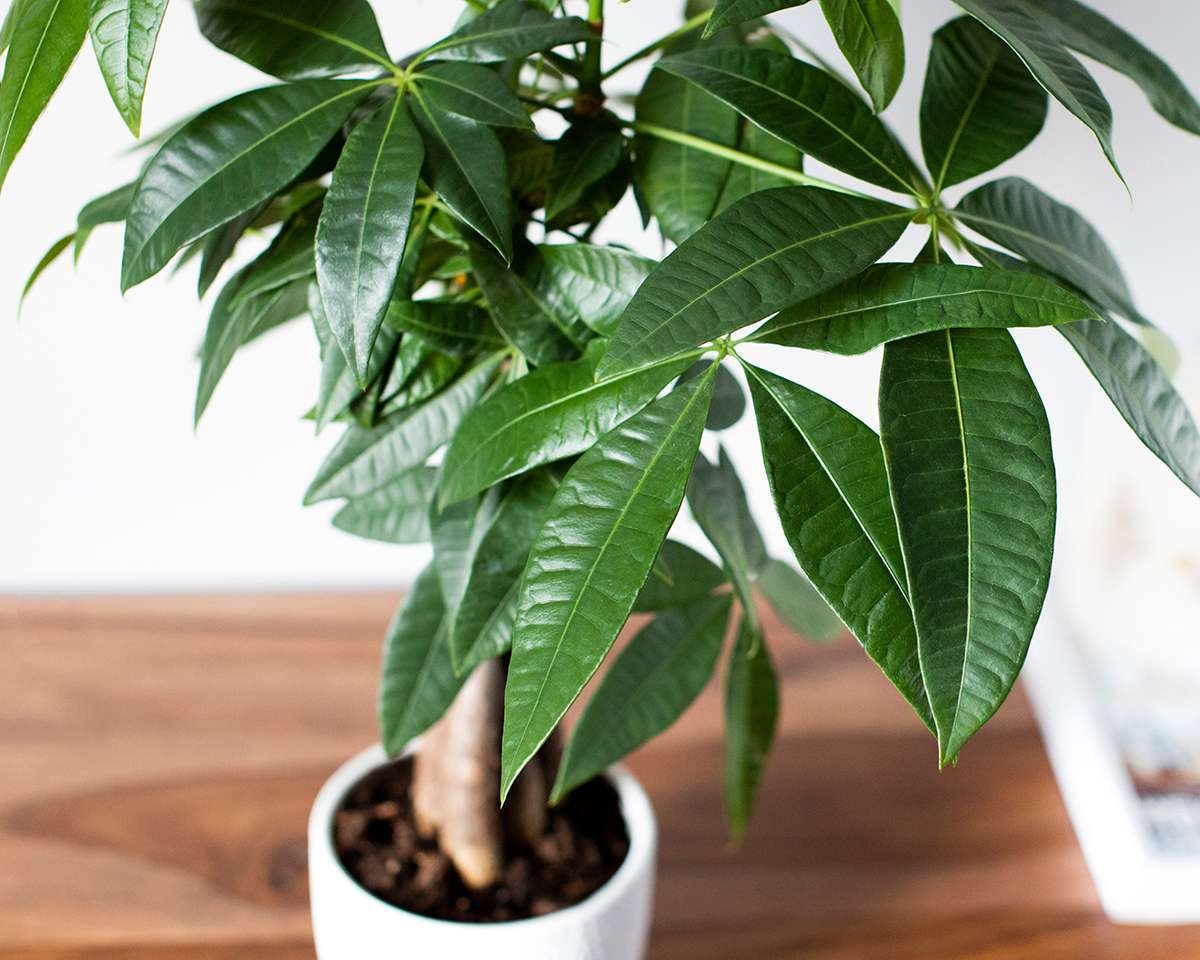Home>Gardening News and Trends>Latest News>How Much Sun Do Vegetables Need
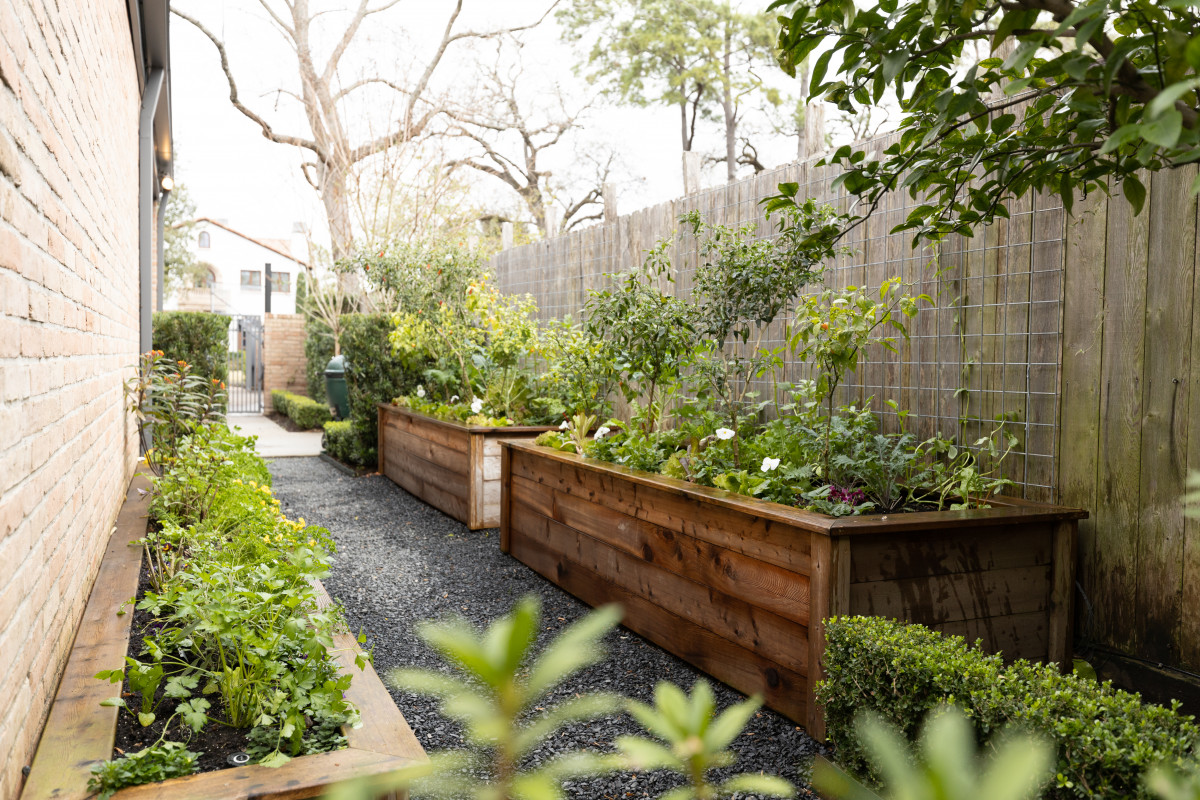

Latest News
How Much Sun Do Vegetables Need
Modified: January 22, 2024
Discover the latest news on how much sun vegetables need for optimal growth. Gain insights on the perfect amount of sunlight to ensure a bountiful and healthy harvest.
(Many of the links in this article redirect to a specific reviewed product. Your purchase of these products through affiliate links helps to generate commission for Chicagolandgardening.com, at no extra cost. Learn more)
Table of Contents
- Introduction
- Importance of Sunlight for Vegetables
- Factors to Consider for Sunlight Requirement
- Vegetables with High Sunlight Requirements
- Vegetables with Moderate Sunlight Requirements
- Vegetables with Low Sunlight Requirements
- How to Provide Adequate Sunlight for Vegetables
- Tips for Maximizing Sunlight for Vegetable Growth
- Conclusion
Introduction
When it comes to growing your own vegetables, understanding the amount of sunlight they require is essential for successful cultivation. Sunlight is one of the key factors that directly impacts the growth, development, and overall health of vegetables. It not only provides them with energy through the process of photosynthesis but also influences their nutrient absorption, flowering, and fruiting.
Having the right amount of sunlight ensures that your vegetables receive the necessary nutrients and energy to thrive. However, it’s important to note that different vegetables have varying sunlight requirements. Some vegetables need full sun exposure throughout the day, while others can tolerate partial or even shade conditions. Understanding these requirements and providing the appropriate amount of sunlight will help you optimize the yield and quality of your homegrown vegetables.
In this article, we will explore the different sunlight requirements of various vegetables. We’ll discuss vegetables that need high, moderate, and low amounts of sunlight. Along the way, we’ll also delve into factors that impact sunlight requirements and provide practical tips on how to maximize sunlight for optimal vegetable growth.
Importance of Sunlight for Vegetables
Sunlight is crucial for the growth and development of vegetables. It plays a vital role in various physiological processes, ultimately determining the overall health and productivity of your plants. Here are some key reasons why sunlight is essential for vegetables:
- Photosynthesis: Sunlight is the primary source of energy for plants. Through the process of photosynthesis, plants convert sunlight into glucose, their main source of food. This glucose is then used for various metabolic activities, including growth, flowering, and fruit production.
- Nutrient absorption: Sunlight stimulates the uptake of essential nutrients from the soil by influencing the activity of the plant’s roots. Adequate sunlight helps the plants absorb nutrients such as nitrogen, phosphorus, and potassium, which are vital for their health and vitality.
- Plant structure: Sunlight plays a crucial role in the development of strong stems, sturdy branches, and healthy foliage. It helps plants produce sufficient chlorophyll, the pigment responsible for the green color of leaves, which is essential for capturing sunlight and performing photosynthesis efficiently.
- Flowering and fruiting: Sunlight is a key factor in promoting the formation of flowers and the subsequent development of fruits in many vegetables. Without adequate sunlight, plants may not produce flowers or may have poor fruit set, resulting in reduced yield and quality.
- Temperature regulation: Sunlight helps regulate the temperature of the plants’ surrounding environment. It warms the soil, creating favorable conditions for root development and nutrient uptake. Additionally, sunlight helps plants resist diseases and pests by creating an unfavorable environment for their growth.
Overall, sunlight is essential for the proper growth, development, and productivity of vegetables. It provides them with energy, promotes nutrient absorption, impacts plant structure, facilitates flowering and fruiting, and plays a role in temperature regulation. Understanding the importance of sunlight will help you ensure that your vegetables receive the appropriate amount of light to thrive and produce a bountiful harvest.
Factors to Consider for Sunlight Requirement
Understanding the factors that influence the sunlight requirements of vegetables is crucial in providing optimal growing conditions. While sunlight is essential for all plants, different vegetables have varying needs. Here are some key factors to consider when determining the sunlight requirements for your vegetables:
- Plant Type: Different vegetables belong to various plant types, such as leafy greens, root vegetables, or fruiting plants. Leafy greens, like lettuce or spinach, are generally more tolerant of shade and can thrive with less sunlight. On the other hand, fruiting plants, such as tomatoes or peppers, require more sunlight to produce abundant fruits.
- Native Habitat: Consider the natural environment in which the vegetable plant originated. Vegetables that naturally grow in sunny, open areas, like corn or melons, will require more direct sunlight. Those that are native to shaded or woodland areas, like beets or radishes, can tolerate partial shade or filtered sunlight.
- Growth Stage: The sunlight requirements of vegetables can also vary depending on their growth stage. While some vegetables may need intense sunlight during the fruiting stage, others may require more shade during the initial stages of leaf and root development.
- Climate: The climate in your region plays a significant role in determining the amount of sunlight your vegetables will receive. Areas with long hours of daylight and intense sunlight, such as in tropical regions, may require shading or precautions to prevent excessive heat stress on the plants.
- Microclimate: The specific microclimate in your garden can impact sunlight availability. Factors such as nearby buildings, trees, or structures can create shade or block sunlight. Evaluate and plan your garden layout to ensure that your vegetables receive adequate direct or indirect sunlight throughout the day.
By considering these factors, you can determine the optimal sunlight requirements for your vegetables. Remember that it’s crucial to strike a balance between providing enough sunlight for photosynthesis and preventing excessive heat stress or sunburn. Regular monitoring and observation of your plants will help you make adjustments to ensure they receive the right amount of sunlight for healthy growth and maximum productivity.
Vegetables with High Sunlight Requirements
Certain vegetables have high sunlight requirements, meaning they thrive when exposed to direct sunlight for at least 6-8 hours a day. These vegetables are often the ones that produce large fruits or require ample energy to support their growth. Here are some examples of vegetables with high sunlight requirements:
- Tomatoes: Tomatoes are sun-loving plants that require a minimum of 6-8 hours of direct sunlight daily. The more sunlight they receive, the better their fruit production, flavor, and overall plant health. Consider planting varieties like Beefsteak, Roma, or Cherry tomatoes for a bountiful harvest.
- Peppers: Whether they are bell peppers or hot peppers, these vegetables flourish when exposed to full sun. Aim for 6-8 hours of direct sunlight per day to ensure healthy plant growth and maximum fruit production.
- Eggplants: Eggplants thrive in warm and sunny conditions, requiring a minimum of 6-8 hours of direct sunlight. They love the heat and will reward you with a harvest of delicious fruits if given enough sunlight.
- Squash and Zucchini: These fast-growing vegetables need plenty of direct sunlight to produce their large, vibrant fruits. Aim for at least 6-8 hours of sunlight to maximize their growth and prevent diseases caused by insufficient airflow and excess moisture.
- Cucumbers: Cucumbers are known for their climbing vines and abundant fruit production. They require a minimum of 6 hours of direct sunlight to thrive. Providing a trellis or support structure can also help promote proper airflow and sunlight exposure for healthier plants.
To ensure the success of these vegetables, choose a planting location in your garden that receives maximum sunlight throughout the day. Arrange them in a way that doesn’t cast shade on each other, as this could limit their access to sunlight and hinder their growth. With proper sunlight exposure, these vegetables will reward you with a robust harvest of delicious produce.
Vegetables with Moderate Sunlight Requirements
Some vegetables have moderate sunlight requirements, which means they can tolerate a few hours of direct sunlight along with some shade during the day. These vegetables are versatile and can adapt to different light conditions. Here are a few examples of vegetables with moderate sunlight requirements:
- Lettuce: Lettuce is a popular leafy green that can tolerate partial shade and cooler temperatures. While it prefers at least 4-6 hours of sunlight, it can benefit from some afternoon shade, especially in hot summer months, to prevent bolting and bitter-tasting leaves.
- Spinach: Similarly to lettuce, spinach can tolerate partial shade. It prefers cooler temperatures and can handle about 3-4 hours of direct sunlight per day. Providing some shade during the hottest part of the day can help prevent the leaves from wilting or becoming bitter.
- Kale: Kale is a hardy leafy green that can adapt to a range of light conditions. It requires about 4-6 hours of sunlight per day to thrive. Some shade during the hottest part of the day can help prevent the leaves from becoming tough or developing a bitter taste.
- Radishes: Radishes are root vegetables that can tolerate partial shade. They require about 4-6 hours of sunlight per day for optimal growth. However, too much direct sunlight can cause them to bolt or become pithy, so strategic planting or shading can be beneficial.
- Green beans: Green beans are versatile vegetables that can adapt well to different light conditions. They prefer at least 4-6 hours of direct sunlight but can tolerate partial shade. Providing support for their climbing vines will help ensure that they receive adequate sunlight for maximum productivity.
When planting vegetables with moderate sunlight requirements, consider finding a location in your garden that receives partial shade during the hottest parts of the day. This can help protect the plants from wilting or developing bitterness. Proper spacing between plants is also important to ensure adequate airflow and sunlight penetration. By providing the right balance of sunlight and shade, these vegetables will thrive and provide you with a tasty harvest.
Vegetables with Low Sunlight Requirements
If you have a garden with limited sunlight or shady areas, there are still vegetables that can thrive in these conditions. These vegetables have lower sunlight requirements and can tolerate partial shade or filtered sunlight throughout the day. Here are a few examples of vegetables with low sunlight requirements:
- Leafy Greens: Vegetables like lettuce, arugula, and spinach can tolerate lower light levels and thrive in partially shaded areas. They require around 3-4 hours of direct sunlight but can benefit from additional dappled or filtered sunlight.
- Beets: Beets are root vegetables that can tolerate partial shade. They require about 3-4 hours of direct sunlight but can also grow in areas with filtered or diffused light. Shade can actually help prevent the roots from becoming woody or tough.
- Parsley: This versatile herb can tolerate lower light conditions. It can grow in areas with around 3-4 hours of direct sunlight but also thrives in partial shade. Providing a bit of shade during the hottest part of the day can help prevent wilting.
- Chard: Swiss chard is a leafy green that can tolerate partial shade. It requires about 4-5 hours of direct sunlight but can handle dappled sunlight or filtered light throughout the day. It can be a great option for shadier parts of the garden.
- Mint: Mint is a herb that can grow well in shady areas. It prefers around 3-4 hours of direct sunlight but can tolerate shade or filtered light conditions. It’s important to keep it contained, as it can become invasive in the garden.
When growing vegetables with low sunlight requirements, it’s important to select the right location in your garden. Look for areas that receive a few hours of direct sunlight or are shaded by nearby structures or trees. Additionally, providing consistent moisture and regular fertilization will help compensate for the lower light levels. With proper care and attention, these vegetables will thrive and provide you with a delicious harvest, even in shadier garden areas.
How to Provide Adequate Sunlight for Vegetables
Ensuring that your vegetables receive adequate sunlight is essential for their growth and productivity. Here are some tips on how to provide the right amount of sunlight for your vegetable plants:
- Choose the right location: Before planting, assess your garden and choose a location that receives maximum sunlight. Look for areas that are not obstructed by buildings, trees, or other structures that may cast shade. This will help ensure that your vegetables receive the required amount of direct sunlight.
- Understand the sun’s movement: Observe how the sun moves across your garden throughout the day. Note any shadow patterns and how they change over the course of the growing season. This will help you identify areas that have longer exposure to sunlight and plan your vegetable layout accordingly.
- Provide proper spacing: Proper spacing between plants allows for adequate airflow and prevents shading. Be sure to follow the recommended spacing guidelines for each vegetable variety to ensure that all plants receive enough sunlight and have room to grow.
- Utilize reflective surfaces: Consider using reflective surfaces, such as white or light-colored walls, fences, or mulch, to bounce sunlight onto shaded areas of your garden. This can help increase the overall amount of sunlight reaching your vegetables.
- Use trellises or supports: For vegetable plants that climb or have vining habits, such as tomatoes, cucumbers, or beans, provide trellises or supports. This not only helps them grow vertically but also ensures that their foliage and fruits are exposed to ample sunlight for optimal growth.
- Prune and thin plants: Regularly prune and thin out dense foliage to improve airflow and light penetration. Removing excessive foliage or overcrowded plants allows the remaining leaves to receive more sunlight and reduces the risk of diseases caused by poor air circulation.
- Monitor and adjust: Keep a close eye on your vegetable plants throughout the growing season. If you notice that certain areas of the garden are receiving inadequate sunlight due to changes in neighboring structures or trees, consider moving your plants to a more suitable location or providing shade to protect them from excessive heat.
By implementing these strategies, you can provide your vegetable plants with the adequate sunlight they need to thrive. Remember, proper sunlight exposure promotes healthy growth, flowering, and fruit development, leading to a successful vegetable harvest.
Tips for Maximizing Sunlight for Vegetable Growth
To optimize the sunlight your vegetable plants receive and promote their growth, here are some valuable tips to consider:
- Prune overhanging branches: Trim any nearby trees or shrubs that cast shade on your vegetable garden. By removing overhanging branches, you can increase the sunlight exposure for your plants.
- Plant tall crops on the northern side: When planning your garden layout, position taller vegetable plants on the northern side of your garden. This prevents them from shading smaller plants and allows sunlight to reach all plants more evenly.
- Rotate crops: Practice crop rotation each growing season. Moving vegetables to different areas of your garden helps prevent the buildup of pests and diseases and ensures that all plants have a chance to benefit from the best sunlight exposure.
- Utilize reflective materials: Place reflective materials, such as aluminum foil or white surfaces, around your garden. These surfaces can help redirect sunlight onto shaded areas of your garden, increasing the overall light intensity.
- Choose varieties suited to your climate: Opt for vegetable varieties that are well-suited to your specific climate conditions. Selecting heat-tolerant or shade-tolerant varieties will ensure that your plants can thrive in your garden’s sunlight conditions.
- Keep your garden weed-free: Regularly remove weeds from your garden beds. Weeds compete with your vegetables for sunlight, nutrients, and water. By eliminating weeds, you give your vegetables a better chance to receive sufficient sunlight for optimal growth.
- Use vertical gardening techniques: Consider utilizing vertical gardening techniques, such as trellises, stakes, or hanging baskets, to maximize the use of space and sunlight. This technique allows vining plants to grow vertically, preventing them from shading other plants and increasing overall sun exposure.
- Water wisely: Provide consistent watering to ensure that your plants receive adequate moisture. However, be mindful not to overwater, as excessive moisture can lead to poor root development and susceptibility to diseases. Proper water management helps maintain healthy foliage and optimal sunlight absorption.
By incorporating these tips into your vegetable gardening practices, you can maximize the sunlight available to your plants. Remember, proper sunlight exposure is crucial for healthy plant growth, strong yields, and delicious harvests.
Conclusion
Understanding the sunlight requirements of your vegetables is essential for successful gardening. Sunlight serves as a vital source of energy for plants, enabling them to carry out crucial processes like photosynthesis, nutrient absorption, and flower and fruit production. By providing the appropriate amount of sunlight, you can optimize the growth, yield, and quality of your homegrown vegetables.
Different vegetables have varying sunlight requirements, ranging from high to moderate to low. Vegetables like tomatoes, peppers, and squash have high sunlight requirements and thrive when exposed to 6-8 hours of direct sunlight per day. Vegetables like lettuce, spinach, and kale have moderate sunlight requirements and can tolerate partial shade. On the other hand, leafy greens, beets, and herbs like parsley and mint have low sunlight requirements and can adapt to shadier garden areas.
To provide adequate sunlight for your vegetables, choose a sunny location in your garden, understand the sun’s movement, and utilize reflective surfaces. Proper spacing, trellising, pruning, and monitoring are also crucial to maximize sunlight exposure. Additionally, implementing tips like pruning overhanging branches, rotating crops, and weed control can help optimize sunlight for vegetable growth.
Remember to tailor your gardening practices to both the sunlight requirements of your vegetables and the specific conditions of your garden. Observing and adapting to your vegetable plants’ needs is key to ensuring they receive the right amount of sunlight throughout their growth cycle.
By following these guidelines, you can create an ideal environment for your vegetables to thrive and provide you with a bountiful harvest. So get out there, embrace the power of sunlight, and enjoy the joys of growing your own nutritious and delicious vegetables.
